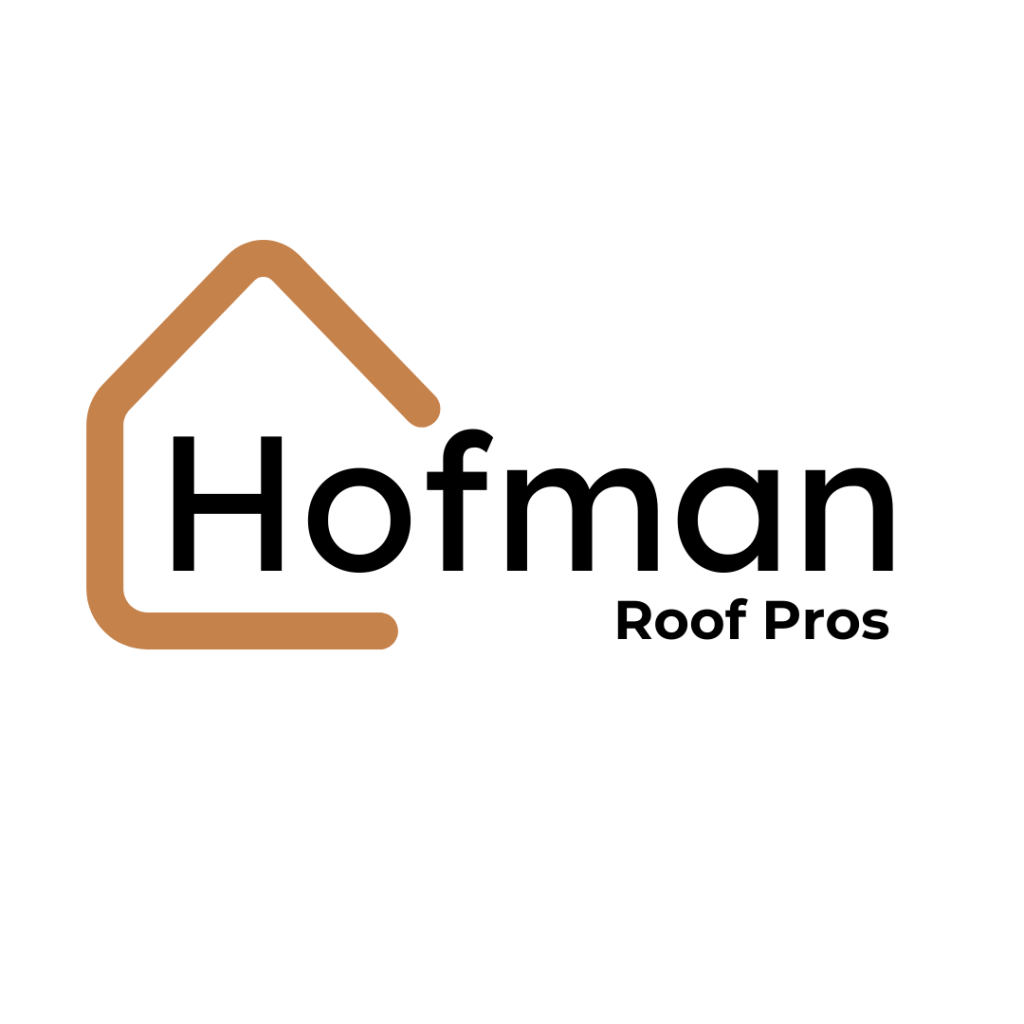Your roof is one of the most critical components of your home, acting as the first line of defense against the elements. Yet, it’s often one of the most overlooked parts of a property until a problem arises. Regular roof inspections are essential for maintaining the structural integrity of your home, preventing costly repairs, and ensuring the safety of everyone inside. In this blog, we’ll explore why roof inspections matter, what they involve, and how they can save you money in the long run.
Why Roof Inspections Are Essential
Over time, roofs are subjected to a variety of environmental factors—rain, wind, snow, sun exposure, and debris. These conditions can cause wear and tear, even if there are no visible signs of damage. A roof that looks fine from the ground could be hiding issues like small leaks, cracked shingles, or weakened flashing that can lead to significant problems if left unchecked.
A routine inspection can help identify these issues early, allowing for quick and affordable repairs. Neglecting your roof can lead to more severe damage such as mold, rotting wood, insulation issues, and even structural damage, all of which are much more expensive and time-consuming to fix.
How Often Should You Inspect Your Roof?
Experts recommend inspecting your roof at least twice a year—once in the spring and once in the fall. These seasons are ideal because they follow periods of extreme weather, giving you a chance to assess any damage caused by winter snow or summer storms.
Additionally, it’s wise to inspect your roof after major weather events like hailstorms, high winds, or heavy rainfall. Even if you don’t see obvious signs of damage, a professional can spot issues that aren’t immediately visible to the untrained eye.
What Happens During a Roof Inspection?
A thorough roof inspection involves more than just a quick glance. A professional inspector will examine both the exterior and interior parts of your roof. Here are some of the key areas they’ll check:
Shingles or Roofing Material: Looking for signs of cracking, curling, or missing pieces.
Flashing and Seals: Checking around vents, chimneys, and skylights for secure seals and signs of wear.
Gutters and Drainage: Ensuring gutters are clear and water is flowing properly away from the roof.
Attic and Interior Spaces: Inspecting for moisture, mold, or signs of leaks that originate from the roof.
Structural Integrity: Evaluating the overall condition, including the support structure and decking.
By assessing all these components, inspectors can provide a comprehensive picture of your roof’s condition.
Common Issues Found During Inspections
Routine inspections often reveal a range of issues that, while small at first, can escalate over time:
Missing or damaged shingles
Worn or cracked flashing
Clogged or sagging gutters
Water stains or leaks in the attic
Improper ventilation
Ponding water on flat roofs
Identifying these problems early helps extend the life of your roof and avoid major repairs or even premature replacement.
How Inspections Save You Money
Many homeowners avoid roof inspections because they assume they’re unnecessary or costly. However, inspections are a cost-effective preventive measure. Catching a small leak early can prevent it from turning into a major issue that damages insulation, ceilings, walls, and even electrical systems.
Additionally, regular inspections can help validate your warranty. Many roofing warranties require proof of routine maintenance and inspections. Keeping a record of your inspections ensures that you remain eligible for coverage if a problem arises.
DIY Roof Inspections: What You Can Do
While a professional inspection is recommended, there are a few things homeowners can do safely from the ground:
Look for visible damage such as missing shingles or sagging areas.
Check for debris on the roof or in gutters.
Inspect the attic for signs of moisture or mold.
Avoid climbing on your roof unless you’re trained and have the proper safety equipment. A fall from even a single-story roof can cause serious injury.
When to Call a Professional
If you notice any of the following signs, it’s time to schedule a professional roof inspection:
Water stains on your ceiling
Mold or mildew in the attic
Missing or damaged shingles
A recent storm with high winds or hail
Sagging or uneven rooflines
A roofing professional has the experience and tools needed to conduct a detailed inspection and recommend the best course of action.
Conclusion
Regular roof inspections are a smart investment in the longevity and safety of your home. By staying proactive, you can catch minor issues before they become costly repairs, maintain your home’s structural integrity, and protect your investment for years to come. Make inspections a part of your routine home maintenance and give yourself peace of mind knowing your roof is in good shape.
If you’re unsure about the condition of your roof, don’t wait until a leak appears. Schedule an inspection today and take the first step toward protecting your home from the top down.

